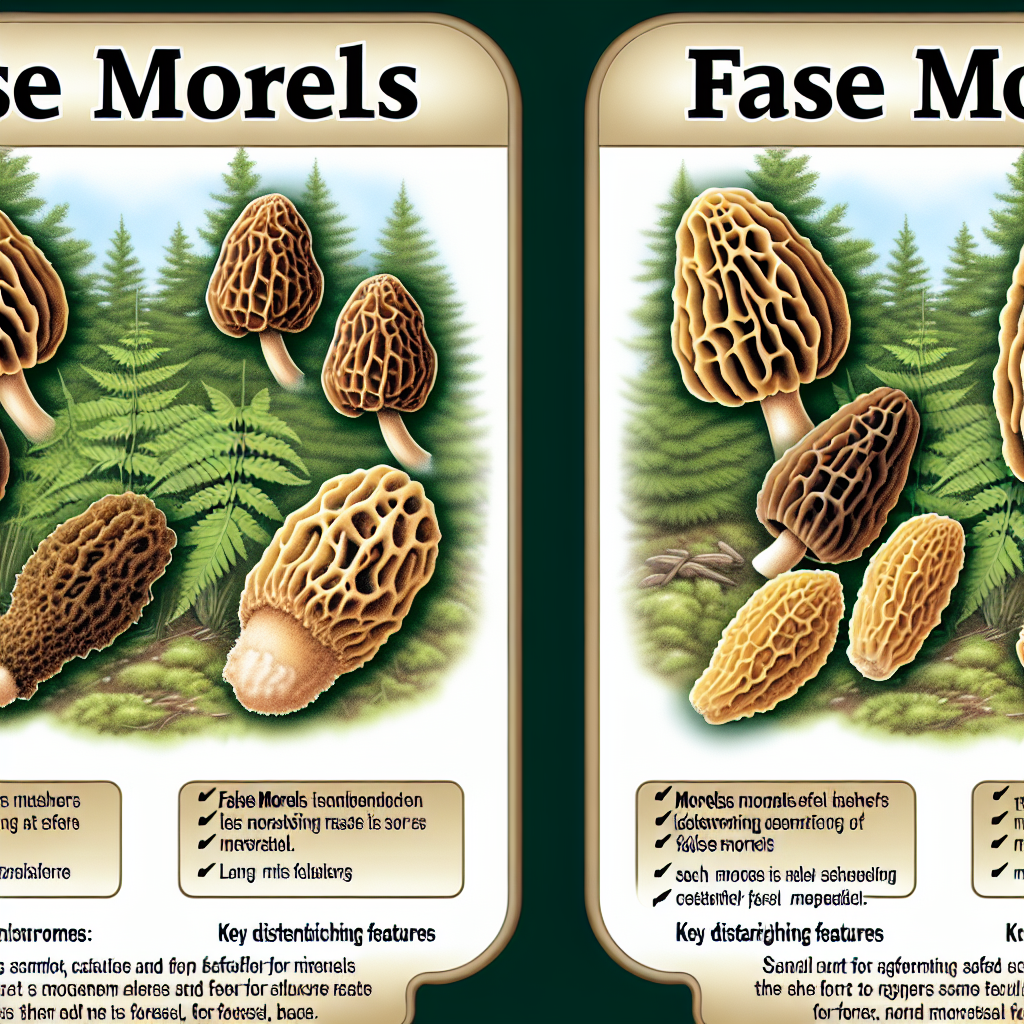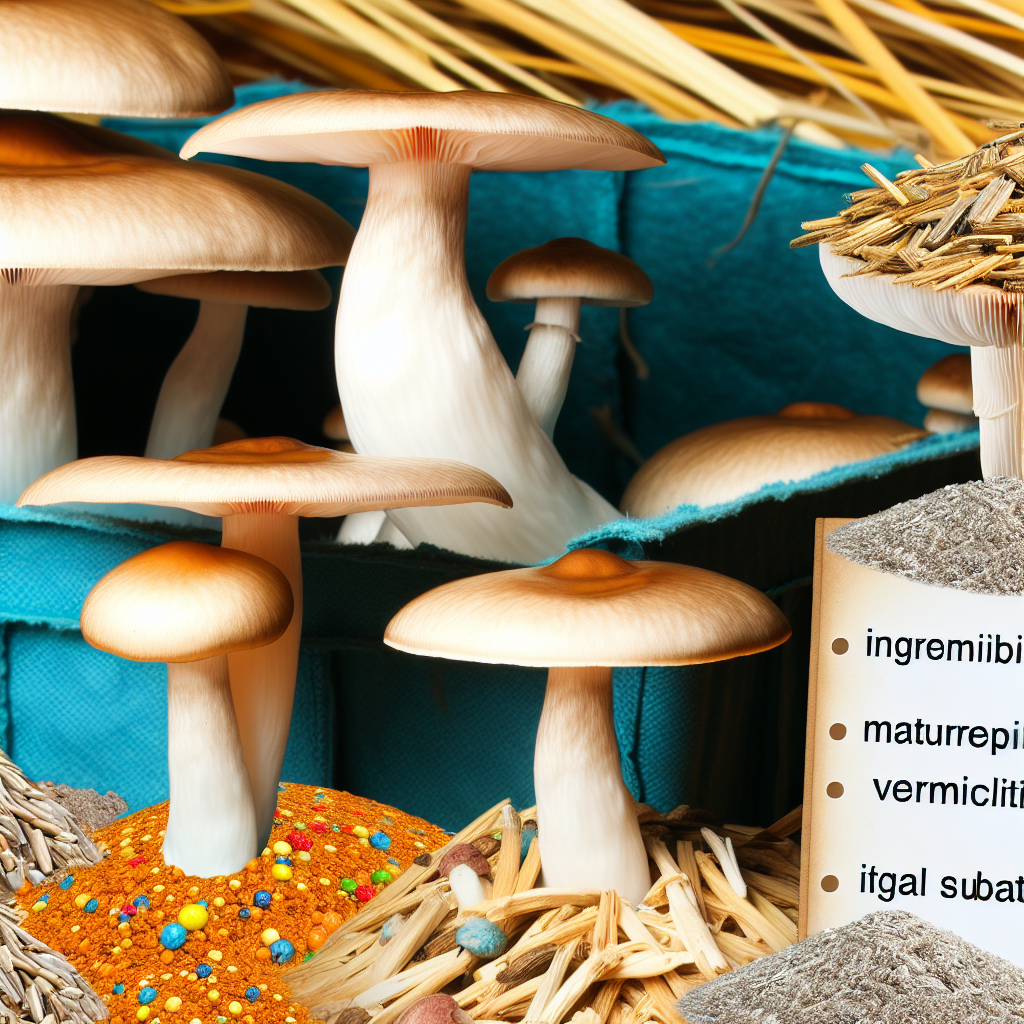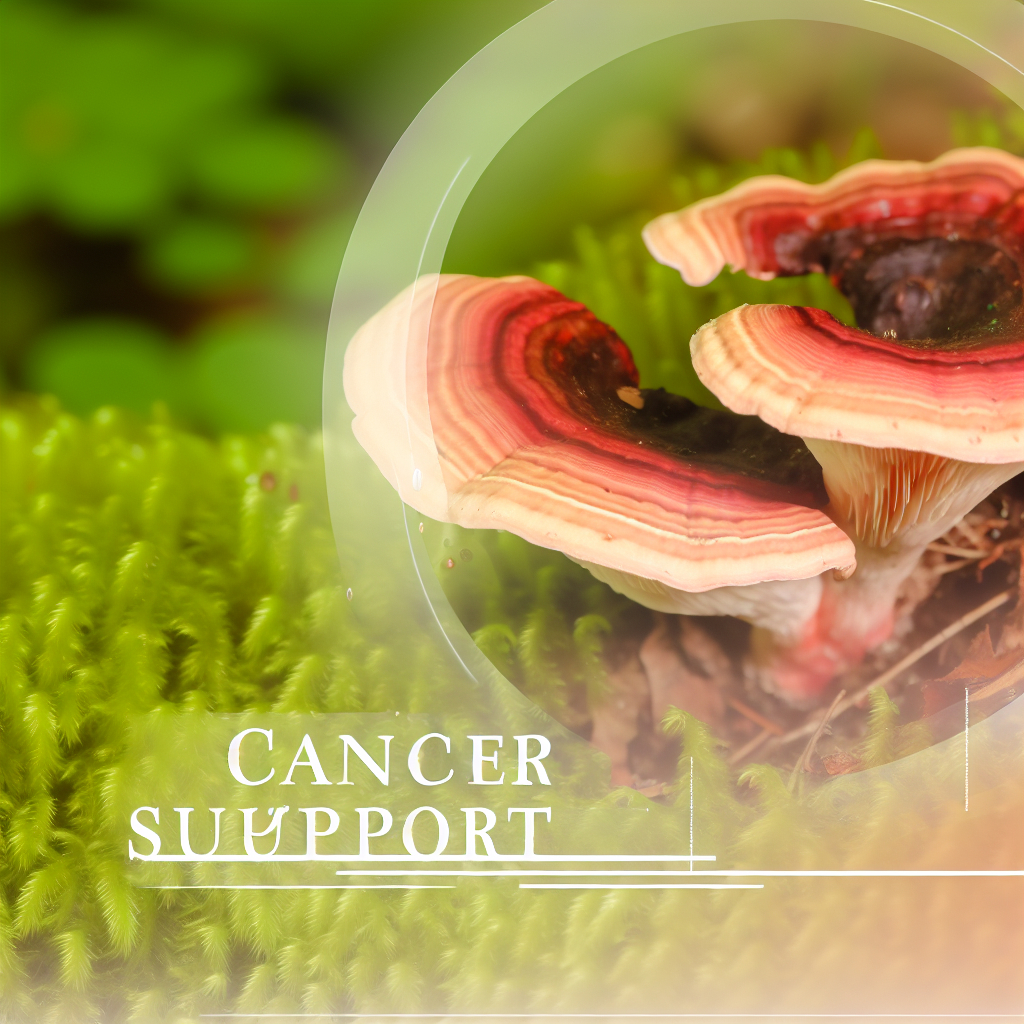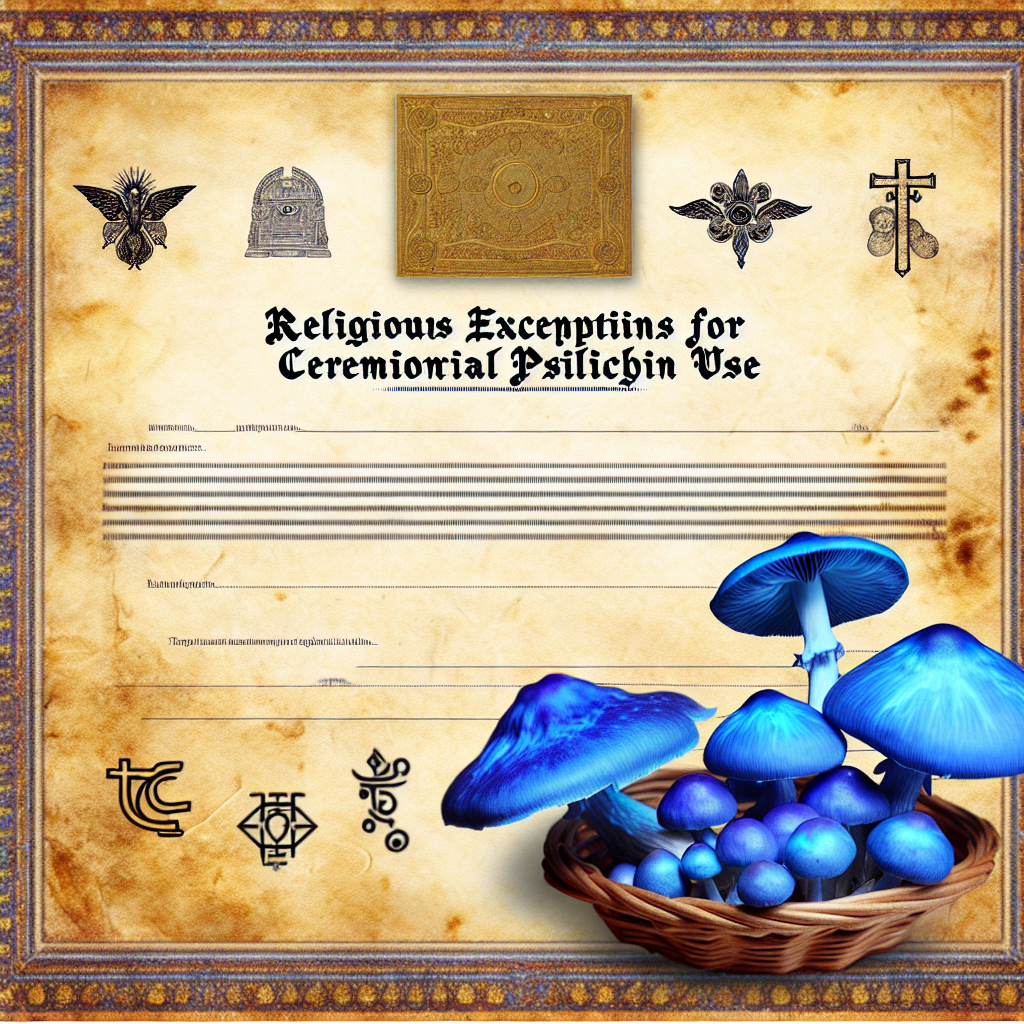Here is the blog post with the requested changes:
Identifying False Morels: A Safety Guide for Foragers and Enthusiasts
Nature is full of edible wonders—but when it comes to wild mushrooms, knowing the difference between a meal and a mistake is vital. Learn how to spot one of the forest’s most dangerous look-alikes: the false morel.
The Rising Popularity of Wild Mushrooms—and Rising Risk
Mushroom foraging is surging in popularity among culinary adventurers, nature lovers, and holistic health seekers alike. Among the forest’s most sought-after treasures is the true morel (genus Morchella), celebrated for its earthy flavor and potential medicinal properties. But with popularity comes peril—specifically, the danger of mistaking toxic false morels for their edible counterparts.
Species such as Gyromitra esculenta, Gyromitra caroliniana, and Verpa bohemica can look remarkably similar to true morels, yet they contain deadly toxins. Most notably, gyromitrin—a compound found in some of these mushrooms—metabolizes into monomethylhydrazine (MMH), the same chemical used in rocket fuel. MMH is known for causing liver damage, neurological symptoms, and even cancer.
False Morels in the Spotlight: A Threat That Cannot Be Ignored
False morels have fooled even experienced foragers due to their wrinkled caps and forest-floor camouflage. While folklore and cultural traditions might suggest that some varieties are “safe” when prepared properly, modern toxicological research begs to differ.
A landmark study from the University of Helsinki documented more than 50 poisoning cases in Finland over a 15-year period, even among individuals who parboiled their mushrooms. The findings? Traditional preparation methods do not reliably remove toxic compounds. Gyromitrin levels vary not only between species—but even from one mushroom to another.
Medical Insights: What Makes False Morels So Dangerous?
According to a comprehensive review published in the journal Toxins, gyromitrin breaks down in the body into MMH, a highly reactive compound. This metabolite interferes with vital vitamin B6-dependent enzymes critical for brain function and metabolism. Health effects can range from mild nausea and dizziness to severe liver injury, seizures, and coma.
Even handling or cooking false morels without proper safety practices can lead to toxic exposure. Long-term, low-level interaction with MMH has been associated with cumulative neurological damage.
How to Tell the Difference: Key Identification Tips
Distinguishing true morels from their deadly doppelgängers can be tricky, especially for beginners. Keep these major differences in mind when foraging:
- Cap Attachment: True morels have caps that are attached directly to the stem at the base. False morels often have caps that hang loosely or are partially attached at the top, resembling a skirt or saddle.
- Interior Structure: True morels are fully hollow from tip to stem. False morels typically contain cottony or chambered tissue inside.
- Cap Texture and Color: True morel caps have a uniform honeycomb-like appearance. In contrast, false morels look brainy, lobed, or ridged with less predictable symmetry.
Still unsure? Always consult a certified expert or use a trusted field guide. Apps and digital tools are emerging, but human mycologists remain the gold standard for safe identification.
Why It Matters for Medicinal and Culinary Mushroom Enthusiasts
Foragers pursuing mushrooms for mental clarity, immunity, or gourmet delight may already be familiar with popular species like reishi, chaga, and lion’s mane. But consuming even a small amount of toxic fungi can reverse the very health benefits you’re seeking.
As the field of functional mushrooms grows—alongside therapeutic use of psilocybin and nootropic fungi—the need for accurate identification becomes more pressing than ever. A toxic mistake could mean more than a ruined recipe—it could mean hospitalization or worse.
Final Thoughts: Forage Smart, Stay Safe
Foraging for wild mushrooms connects us to ancient traditions and offers a unique way to engage with the natural world. But the risk of consuming a poisonous variety like a false morel is far too great to ignore. When in doubt, leave it out. Or better yet, find a local mycology club or foraging guide to help you build confidence with hands-on experience.
True enjoyment of the wild bounty comes with true knowledge. Stay curious. Stay cautious. And always, stay safe.
Resources and References
- Toxins Journal – Gyromitrin and False Morel Toxicity
- University of Helsinki – False Morels Are Highly Toxic
- North American Mycological Association – Mushroom Toxicology
- MushroomExpert.com – Morels and False Morels
Concise Summary:
This blog post provides a comprehensive guide on identifying and avoiding the dangerous false morel mushroom. It covers the rising popularity of wild mushroom foraging, the serious health risks posed by false morels, and key visual differences to distinguish them from the edible true morel. The article also emphasizes the importance of expert guidance and caution when foraging for wild fungi, even for experienced enthusiasts.

Dominic E. is a passionate filmmaker navigating the exciting intersection of art and science. By day, he delves into the complexities of the human body as a full-time medical writer, meticulously translating intricate medical concepts into accessible and engaging narratives. By night, he explores the boundless realm of cinematic storytelling, crafting narratives that evoke emotion and challenge perspectives. Film Student and Full-time Medical Writer for ContentVendor.com




